170,000৳ Original price was: 170,000৳ .16,000৳ Current price is: 16,000৳ .Save 154,000৳ (-91%)
Nitrous Oxide Chemical Structure
Nitrous oxide, also known as laughing gas, is a chemical compound with the formula N₂O. It is a colorless gas with a slightly sweet odor and taste. Nitrous oxide serves as a weak anesthetic and analgesic, finding common application in medical and dental procedures. Additionally, it functions as an additive in food, labeled under the E number E942, operates as a propellant in aerosol cans, and contributes to rocket propellants.
Bacteria in the soil naturally produce nitrous oxide, and industrial processes also generate it as a byproduct. It is a greenhouse gas, and it contributes to climate change. Nitrous oxide is also a potent ozone layer, and it is responsible for a significant amount of ozone depletion in the upper atmosphere.
Inhaling nitrous oxide induces a euphoric feeling, leading to its occasional use as a recreational drug. However, inhaling nitrous oxide can be dangerous, and it can lead to a number of health problems, including hypoxia, vitamin B12 deficiency, and brain damage.
A nitrous oxide cylinder is a pressurized container that holds nitrous oxide gas. Manufacturers typically craft nitrous oxide cylinders from steel or aluminum to withstand high pressures. These cylinders find use across various applications, including medical, food service, and industrial settings.
There are three main types of nitrous oxide cylinders:
Nitrous oxide cylinders come in a variety of sizes and capacities. The most common sizes are 2.5 pounds, 5 pounds, 10 pounds, and 20 pounds. The capacity of a cylinder is measured in liters. For example, a 2.5-pound cylinder has a capacity of approximately 10 liters.
Nitrous oxide cylinders typically have a CGA580 or CGA326 valve. The CGA580 valve is the most common type and is used for medical and food-grade cylinders. The CGA326 valve is used for industrial cylinders.
Nitrous oxide cylinders are under high pressure and can be dangerous if not handled properly. It is important to follow all safety precautions when using nitrous oxide cylinders. Some of the most important safety precautions include:
The purity of nitrous oxide cylinders is measured in percent N₂O. Medical-grade nitrous oxide has a purity of 99.9% or higher, while food-grade nitrous oxide has a purity of 98% or higher. Industrial-grade nitrous oxide has a purity of 95% or higher.
Your Needs, Our Time – 24/7.
Quick and Reliable Delivery Every Time.
Order Easily, Pay at Your Doorstep: Cash on Delivery!
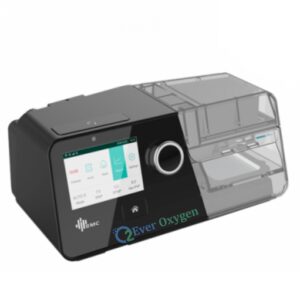
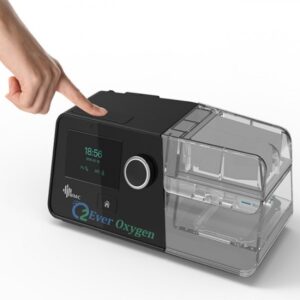
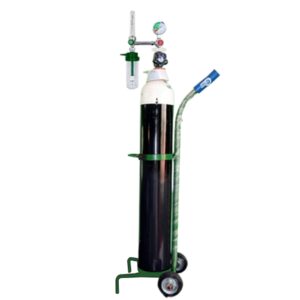
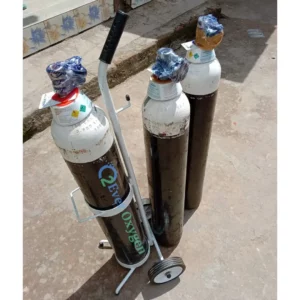
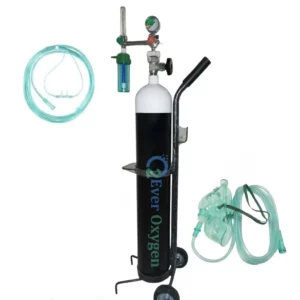
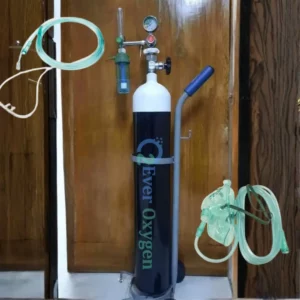
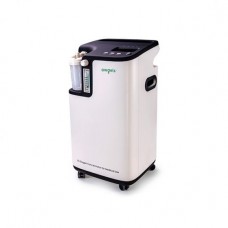

We use cookies to enhance your browsing experience, serve personalized ads or content, and analyze our traffic. By clicking "Accept All", you consent to our use of cookies.

Reviews
There are no reviews yet.